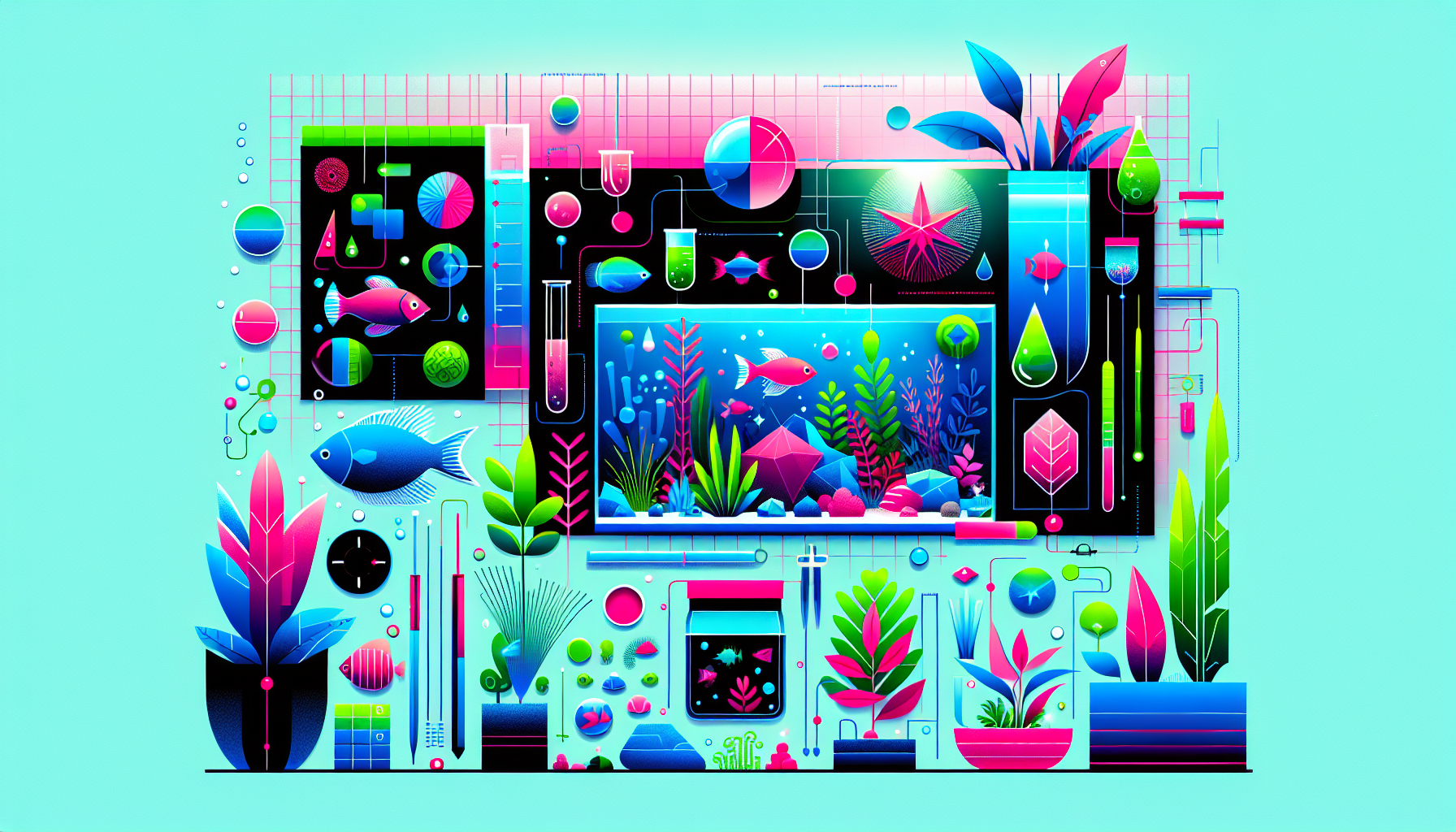11 Essential Aquascaping Equipment Every Beginner Needs for a Thriving Aquarium
Starting your journey into aquascaping is exciting—but with so many tools and accessories available, how do you know what equipment is truly essential? In this comprehensive guide, we’ll break down the vital aquascaping equipment every beginner needs for a successful planted tank, helping you avoid common mistakes and setting your aquarium up for long-term success.
Why Is the Right Equipment Important in Aquascaping?
The right equipment ensures your aquatic plants and fish not only survive but thrive. Quality tools help maintain water parameters, simplify maintenance, and make aquascaping enjoyable. Equipped with the knowledge below, you’ll create a healthy, visually stunning aquarium that’s easy to manage!
11 Must-Have Aquascaping Equipment for Beginners
1. Aquarium Tank
The foundation of every aquascape is the aquarium itself. For beginners, a tank size between 10 and 30 gallons is ideal—large enough for stability, small enough for manageable maintenance. Look for clear glass for maximum visibility and, if possible, opt for rimless designs for a modern look.
2. Aquarium Stand
A sturdy stand supports the heavy weight of a filled tank and offers storage for supplies. Ensure your stand is level, water-resistant, and correctly sized for your aquarium to avoid potential disasters.
3. Lighting System
Proper lighting is crucial for healthy plant growth. LED aquarium lights are energy-efficient and customizable, allowing you to adjust intensity and spectrum. For best results, research your chosen plants’ light requirements or see our ultimate aquascape lighting guide.
4. Filtration System
A reliable filter keeps water crystal clear and biologically balanced. Canister and hang-on-back filters are popular for planted tanks, providing excellent mechanical and biological filtration. Consider filters with adjustable flow rates to prevent disturbing delicate aquascapes.
5. Heater or Chiller
Most aquatic plants and fish prefer stable water temperatures. Use an adjustable heater for tropical aquariums or a chiller for cooler water species. Monitoring water temperature daily is key to preventing plant stress or fish disease.
6. Substrate
The right substrate provides a base for plant roots and can supply essential nutrients.
- Active substrates like aquasoil are nutrient-rich and great for demanding plants.
- Inert substrates like gravel or sand need root tabs or liquid fertilizers for optimal plant health.
For more on choosing, read our best aquarium substrate guide.
7. CO2 System (Optional but Highly Recommended)
Carbon dioxide (CO2) injection can dramatically improve plant growth and vibrancy. While not strictly necessary for low-tech setups, a pressurized CO2 kit is a game changer for more advanced or high-light aquascapes. Always monitor CO2 levels to keep fish safe.
8. Fertilizers
Even with nutrient-rich substrates, liquid or root fertilizers keep your plants lush and healthy. Opt for a complete aquarium fertilizer with essential micro and macro elements, and follow dosing instructions carefully.
9. Hardscape Materials
Rocks, driftwood, and stones are the backbone of any striking aquascape. Choose aquarium-safe materials and experiment with layouts to achieve your desired aesthetic, such as the Iwagumi or jungle style.
10. Aquascaping Tools
Specialized tools like pinsettes (long tweezers), curved scissors, and spatulas make planting, trimming, and arranging substrate much easier and more precise. A basic aquascaping tool kit boosts confidence and keeps your hands clean.
11. Water Test Kits
Maintaining proper water parameters is essential for plant and fish health. Test kits for ammonia, nitrite, nitrate, pH, and GH/KH help you monitor your aquarium and address problems before they escalate.
Bonus: Useful Supporting Equipment
- Algae scraper or magnetic cleaner for easy glass maintenance
- Siphon or gravel vacuum for neat water changes
- Net for fish and plant handling
- Water conditioner to make tap water safe
Tips for Setting Up Your First Aquascaped Aquarium
- Rinse all equipment, substrate, and hardscape before use.
- Arrange hardscape and plant layout before filling the tank.
- Fill the aquarium slowly to avoid disturbing your design.
- Test filter, heater, and lighting systems during cycling.
- Perform regular water changes and monitor tank cycling progress.
Frequently Asked Questions About Aquascaping Equipment
Can I start aquascaping without a CO2 system?
Absolutely! Many beginners enjoy success with low-tech aquascapes—just select hardy, undemanding plants and focus on lighting and nutrients.
How often should I test my aquarium water?
Weekly testing is recommended during the first few months, then at least monthly once your tank is stable.
Start Your Aquascaping Journey with Confidence
With the right aquascaping equipment, you’re ready to design, build, and enjoy a beautiful underwater landscape. Need help with your first setup, plant choices, or want more in-depth aquascaping tips? Contact us or browse our blog for more expert advice. Happy aquascaping!



